Measurement of Fluid Level in Tanks
EX-certified method
Need a reliable and solid solution that can be depended on 24/7 to measure the level of fluids in high-risk environments classified as ‘flammable’ and ‘explosive’?
We offer a precise, fully automated, maintenance-free solution that comes with no human factor involved. The solution is intended for measuring the level of diesel, gasoline, fuel oil or liquefied gas, but has also been used for non-hazardous fluids such as AdBlue and water.
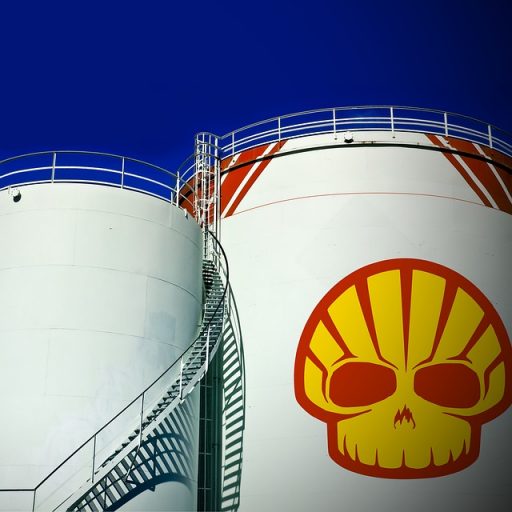
When you use a fluid consumption meter to measure the quantity consumed, the process is inescapably tainted by a systemic error that cannot be compensated for. Due to wear of the metering device itself, the error increases indeterminately. This results in a cumulative difference between the measured and the actual quantity and finally leads to a situation in which you are faced with an empty tank which according to continuous measurements should still contain a usable volume of fluid. The individuals involved are puzzled – there is nobody to blame. It is not to be excluded that such situations will be taken advantage of. To avoid unpleasant surprises of this type, you should install a system for parallel measurement of volume by a fluid level sensor.
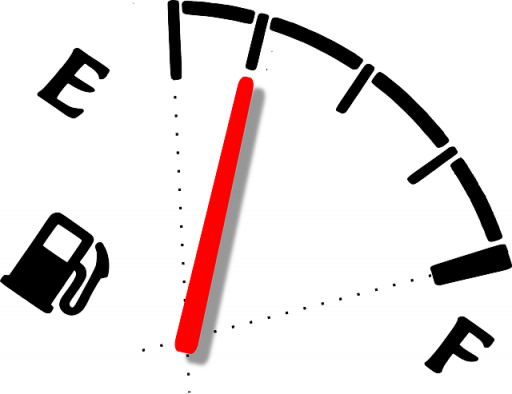
Principal advantages
First, you will always have sufficiently precise information concerning your remaining fluid stock – without craning your neck to steal a peek into your tank in cold and wet weather and without getting your hands and clothes dirty.
Second, the system is aware of your consumption rate and can alert you when the next fill-up is required.
Third, the system helps manage your overall fill-up logistics.
Fourth, the system comes with various analytics features based on periodic registration of fluid balance.
Easy to deploy
Level measurement is performed by a pressure sensor which is submerged in the tank. To insert the sensor, you need an opening with a diameter of 1.25’’ (3.2 cm). If none is available, the principal difficulty boils down to drilling the required opening. Since the environment in the tank is high-risk, you can’t fasten drilling equipment to the tank. The amount of labour required to unmount and remount the lid differs by type of tank and could take anywhere from 30 minutes to several hours. As for the rest, a bare minimum of installation work is needed. The device, powered by a single Li-ion cell, is weatherproof and does not require any cabling. You don’t have to worry about the power supply – the system is extremely low-consumption and the cell should last 10 years. In principle, the solution can be installed in any tank.
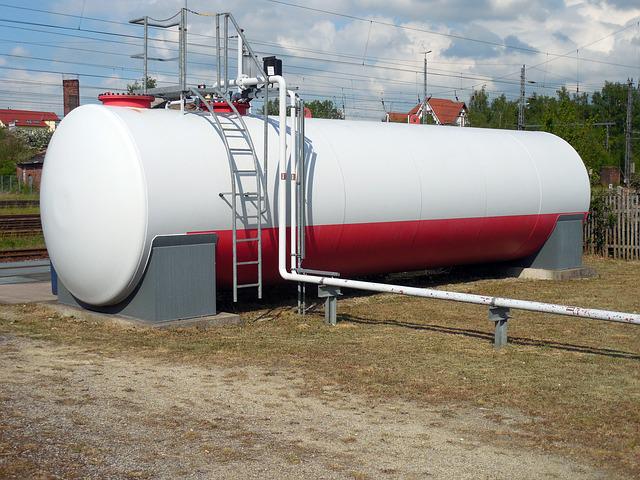
Pressure sensors are rated to operate at depths of up to 3 or 5 m. To achieve precise measurements, you need a tank graduation table (height of the head of liquid by 10cm intervals and the corresponding volume).
In the case of liquefied gas, things are even more straightforward. Gas level is measured on a contactless basis by a Hall sensor and you can use the installation socket of an existing sensor. The entire procedure and commissioning sequence can be completed in 20 minutes.
Fill-up logistics arrangements
Depending on actual balance (over one half, less than one half and less than one third), tank locations are shown on the map in different colours. Essentially, you can take in the balance of different tanks at a single glance and get your bearings for making logistics arrangements.
![]()
A click on the map displays detailed information concerning the selected tank (current balance, capacity, temperature, power supply voltage). Based on last day’s consumption, the system estimates the time for the next fill-up.
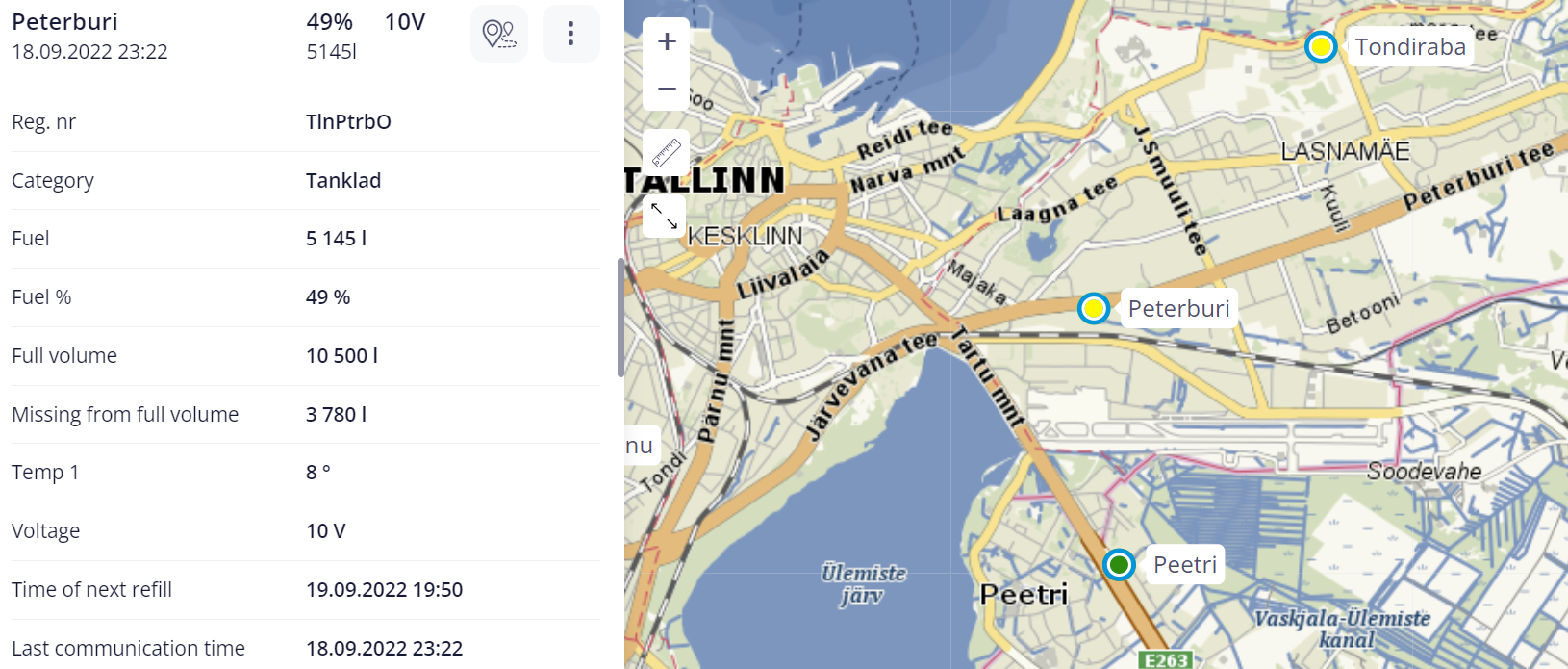
Based on periodically registered measurement values, the system offers various analytics. Users can compile comparative reports and sort data by quantities consumed or supplied. Reports will show daily consumption including initial and final balance. You can set reporting periods according to your requirements. Tanks can be assigned to user-defined groups. There is a data history feature that displays the balance of fluid in the tank at a specific point in time. Another feature helps the user assess whether fill-up logistics during a certain period has been efficient.
Handy additional features
The system is compatible with the filling station management software Cloudics and can be configured to display fluid balances in that environment, allowing regular Cloudics users to have access to the data through their usual interface.
The existence of an API. The customer can integrate the Metrotec app with their information system to automatically import Metrotec-provided data.
The customer can make a part of their tanks visible to its clients, or use Metrotec reporting forms to send data to clients.
References
The solution is in use and has met with approval in the filling stations of Alexela, Olerex and Tartu Terminal. The devices have been installed in surface as well as subsurface tanks holding LPG, diesel and gasoline.
You may also be interested in:
-

What are the benefits of GPS tracking?
The availability of up-to-date and precise information is a prerequisite for good management. Old- school types find that to determine the location of a person or a vehicle, you can simply call them.
Read more -

Tasks
A work order citing a specific location and guidance is the first thing with any job. Only after it is in place can we start considering job performance and operational speed. Metrotec’s job management application links up the driver, the logistician, the customer and, where this is needed, also the accounting software.
Read more -
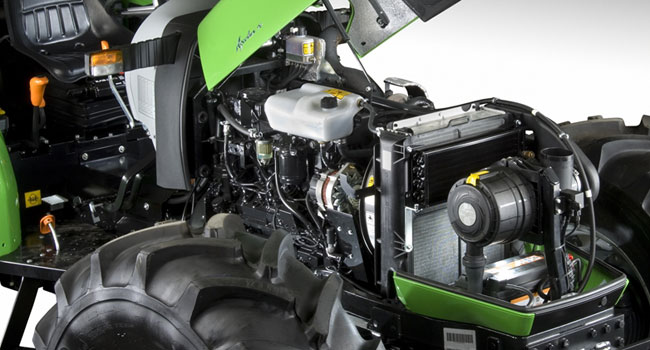
Monitoring service hours, GPS tracking of heavy equipment
With a heavy equipment fleet, the two largest expense items are fuel costs and depreciation due to wear and tear of the equipment. How can these expenses be kept in check most effectively? But of course, the best answer can be found in GPS tracking. Its uses can be much wider-reaching and varied than mere checking whether a vehicle’s engine is currently running or turned off. Unobtrusively and subtly, GPS tracking keeps an eye on the fleet’s main expenses and triggers a notification when and where needed.
Read more
